INTRODUCTION
Current Problems
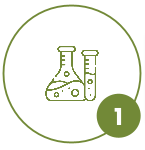
Inorganic chemical fertilizers degrade soil
nutrients, causing significant soil acidity.
This is bad for farming. Many countries
struggle with soil acidity, which hinders
plant development. Acidity is the main
yield-limiting factor in 50% of arable
land.

The present distribution chain length
sometimes causes fertilizer shortages,
making farmers’ retail prices exorbitant
since they have to go
through many distribution companies.

The current lengthy manufacturing
procedure limits organic fertilizer growth,
and they may contain diseases, germs, and
heavy metals that
harm plants and people.
What is Active Organic Bio Fertilizer (AOBF)?
An Organic Fast Composting Technology that produces
AOBF for Soil Repair and Soil Recharge to
degraded land to immediately tackle nutrient loss and
improve soil health, protecting soil structure, water
retention, natural nutrient resources, and promoting
microbial eco-system
Combines sustainable innovation with traditional
indigenous farming practices.
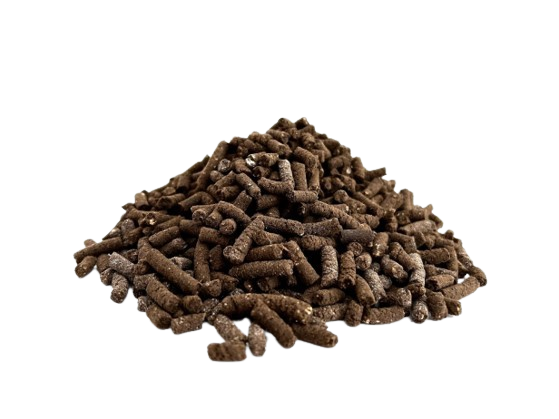
The Technology and Process
Aerobic-Thermophilic microbial fermentation process.
Subjecting feedstock to temperatures of up to 130 degrees Celsius.
Pathogen-free conditions are maintained.
Including customized enzymes into the production process.
Ensuring microbes in the final product by the process.
Rapid production technology of Active organic Bio fertilizer from Animal waste in 3 hours
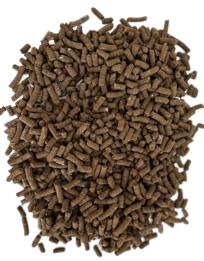
Multi Organic Waste
Fermenting Machine
Active Organic Bio Fertilizer
1. Quick-transfer Fertilizer technology is a technology that is used to convert
multi-organic waste such as organic waste livestock manure such as chicken,
goat, and kitchen waste and other types of organic waste into probiotic organic
fertilizer in a short time (3 hours).
2. Organic Waste is converted into high quality probiotic active bio organic
fertilizer with the help of our unique customize enzyme.
3. This method enables the manufacturing of organic bio fertilizers that are proved
to be of excellent quality, while maintaining acceptable production costs.
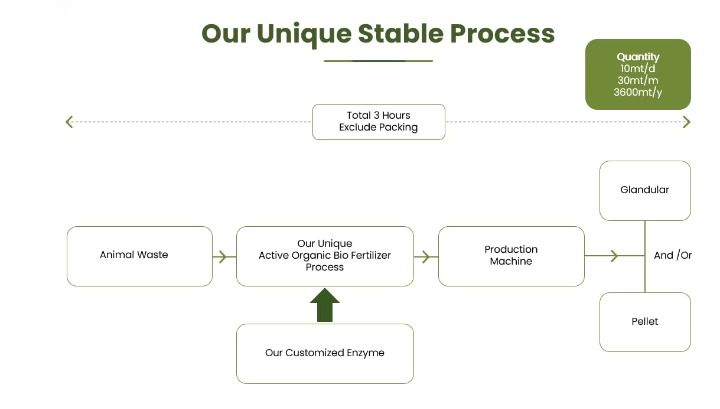
Production Process Comparison
Aspect | Traditional Method | Quick Transfer Fertilizer Technology (QTFT) |
Production Time | 3 -7 days | 2 - 3 hours |
Production Area | Imperative Large space | 200 M2 |
Environmentally friendly | Not environmentally friendly, smells and produces hazardous waste | Environmentally friendly, odorless and waste free |
Quality | Nutrient fertilizer products are not stable | A nutritionally stable fertilizer product full of beneficial good bacteria |
Availability | Fertilizer can not be used immediately (depending on conditions) | Fertilizer can be used immediately, with good quality standard |
7 Key Benefits
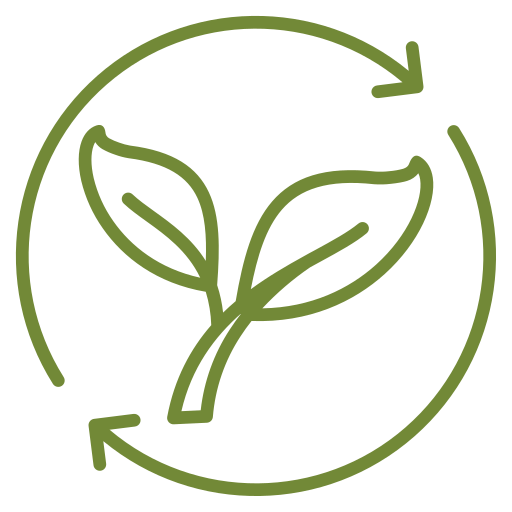
Regenerative Agriculture
Our AOBF has consistent high active microbes boosting soil nutrients,
stabilizing soil health, structure and water retention; as a result, farmers
enjoy healthy soil, growing healthy crop with higher yield and strength
against abiotic stresses.
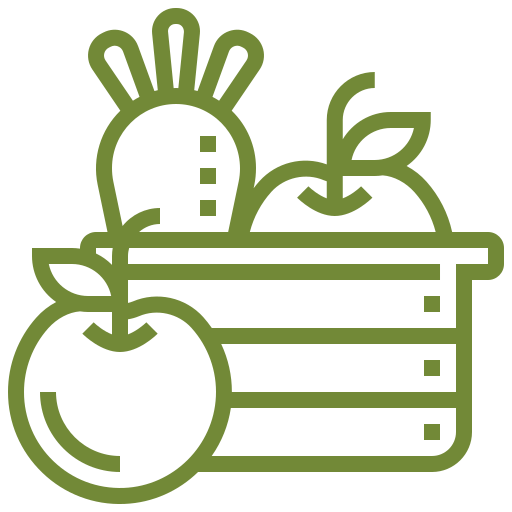
Fast
AOBF machine converts multi-organic waste
into probiotic organic fertilizer in just 3 hours,
thanks to our unique enzyme efficiency

Superior Catalyst Bio enzyme
Our thermophilic bio enzyme at high temperature speeds up decomposition
of raw organic material, delivering the highest quality of plant available
nutrient in our AOBF product while removing all toxic pathogens

Efficient
Our AOBF machine is fully automated and can
be safely handled by just 1 supervisor and 2
handy workers for 12-hour operations per day,
ensuring operational excellence.

Ops Excellence
Our highly efficient AOBF machine delivers
with zero wastage reducing production costs.
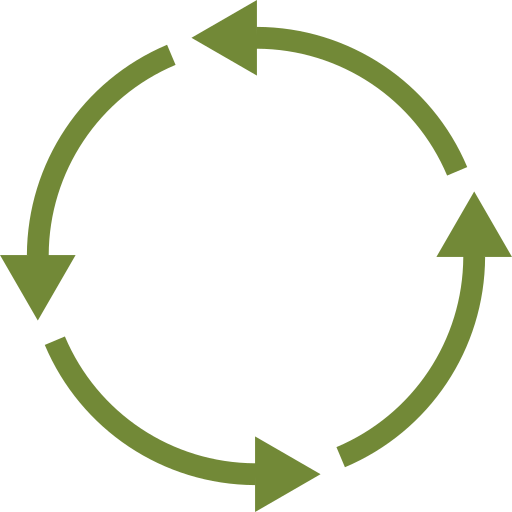
Circular
The process is circular zero waste, creating a
safe and pleasant working environment and
conforms to a clean neighborhood.

Small
With an outstanding small footprint of just
200sqm, our AOBF machine fits anywhere
on-site or nearby waste source locations to
reduce or eliminate logistics.
